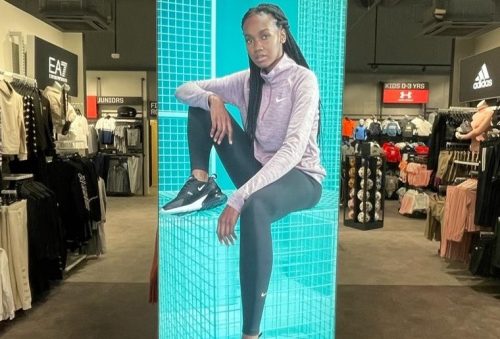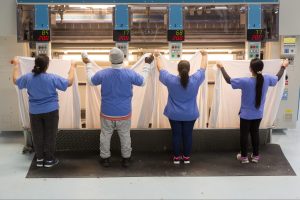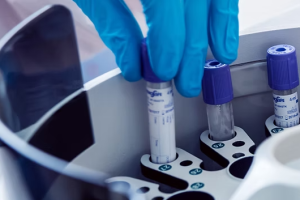JD profits slip in volatile retail market

Retail titan JD Sports has formally issued its full year unaudited results for the 53 weeks ended 3 February 2024, confirming that it missed its ambitious £1bn profit target, triggering a dramatic share plunge earlier this year.
The business earned revenues of £10,397.2m, 2.7% up on the comparative 52-week period, but pre-tax profits were £912.4m, down 8.0%, and in line with the profit warning in January.
Since that reporting period has acquired US sports chain Hibbett, designed to strengthen its relationship with Nike, and the European chain Courir. Next year’s results will therefore look very different.

Régis Schultz
Commenting on the results, Régis Schultz, Chief Executive Officer of JD Sports Fashion Plc, said: “In the period, we again outperformed the market delivering organic sales growth* of 9% and Premium Sports Fashion organic sales growth* of 11%. This strong revenue performance was delivered in a challenging market, particularly through our peak trading period.
“We made important strategic progress: putting the JD Brand First through opening over 200 new JD stores; strengthening our Complementary Concepts through the proposed acquisitions of Courir and, announced after the period end, Hibbett; simplifying the group by taking full control of ISRG and MIG and divesting non-strategic businesses; building the right governance and organisation for a global group of our size; and investing in our people and infrastructure to deliver our growth strategy.”
He said the business has started the new financial year “in line with our expectations in a volatile market” and JD was “on track to deliver our profit guidance for the full year.”
He added: “Looking further ahead, we have a strong business model and a clear strategy to deliver long-term growth and value creation for our shareholders.”
Other highlights include the ongoing transition of the Bury headquartered group to a global retail operation.
With acquisitions JD added 216 new JD stores in the period, constituting 157 new stores and 59 conversions from other brands, mainly 57 Finish Line stores which changed to the JD fascia and a further 40 new JD stores across the US and Canada.
New locations for the JD brand included the Aventura mall near Miami, the third largest in the US, the American Dream mall in New Jersey, the Fashion Show mall in Las Vegas and at Laval in Montreal, Canada..
JD opened in 23 countries across including in three new markets – Croatia, Cyprus and Slovakia – which took the total number of countries with a JD store to 30 around the world.
In Europe, JD opened 84 new JD stores, including the stores it acquired from Conbipel in Italy and the majority of the ex-GAP stores acquired in and around Paris.
A new flagship store on the Champs Elysees will open ahead of the 2024 Paris Olympics.
From a geographical point of view, all regions grew revenue in the period other than the UK, which was impacted principally by non-core divestments made over the last two years.
UK revenue declined 8.3% to £3,510.2m. Europe revenue increased 16.3% to £3,093.5m, North America revenue increased 8.4% to £3,413.5m and Asia Pacific revenue increased 7.5% to £524.8m.
Growth in newer markets has resulted in a better business balance geographically with the UK generating 33% of revenue, North America 32%, Europe 29% and Asia Pacific 5%.
But while retail stores grew revenue by 8.9% to £7,956.6m JD’s online channel declined by 7.6% to £2,350.3m, reflecting the continued shift back to pre-pandemic online participation and our investment in stores.
“As a result, stores now represent 76% of our revenue and online is 22%, with other, mainly gym memberships, outdoor living equipment and some wholesale revenue, at 2%. With our focus on customer satisfaction, we are increasingly channel agnostic, meaning we don’t mind where a sale is made – bought in store, bought online and delivered to home, or bought online and delivered to store,” this morning’s statement said.
Overall JD now has 3,317 stores worldwide, 73 fewer than a year ago, due mainly to the sale of non-core businesses in the UK, a withdrawal from South Korea and the bankruptcy of the SUR business in the Netherlands, where 72 stores closed.








